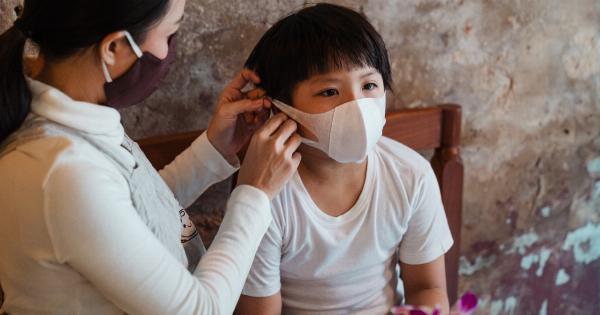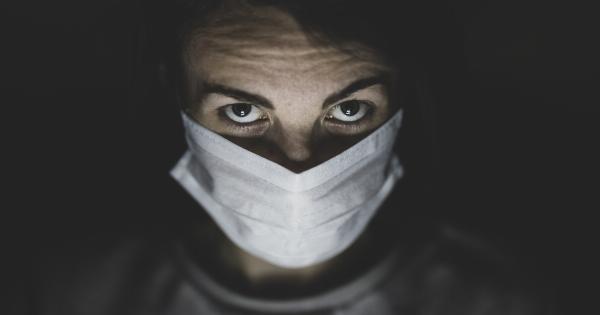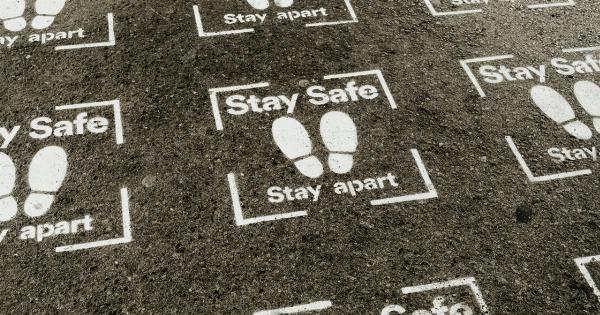Koxaki virus is a common type of virus that can cause illnesses ranging from mild to severe. This virus is also known as Coxsackie virus, named after the town in New York where it was first discovered.
This virus can affect people of all ages, but it is most common in children. In this article, we will discuss what Koxaki virus is, how it’s spread, and what the signs and symptoms are.
What is Koxaki Virus and How is it Spread?
Koxaki virus is a type of enterovirus, which means it’s a virus that enters the body through the digestive system.
This virus can be found in the stool of an infected person and can be spread from person to person through close contact, such as touching contaminated surfaces or sharing utensils. It can also be spread through respiratory secretions, such as saliva or mucus.
People who are infected with Koxaki virus are most contagious during the first week of illness, but they can still be contagious for up to three weeks after the onset of symptoms.
What are the Signs and Symptoms of Koxaki Virus?
The signs and symptoms of Koxaki virus can vary from person to person, and some people might not experience any symptoms at all. However, the most common symptoms of Koxaki virus include:.
- Fever
- Sore throat
- Rash on the hands, feet, and mouth
- Blisters on the hands, feet, and mouth
- Fatigue
- Poor appetite
- Vomiting
- Diarrhea
These symptoms usually last for about a week, but some people may experience symptoms for up to two weeks.
Who is at Risk for Koxaki Virus?
Anyone of any age can be infected with Koxaki virus, but it’s most common in children under the age of 10.
Children who attend daycares or schools are at a higher risk of contracting the virus because they are in close contact with other children.
People who have weakened immune systems, such as those with HIV/AIDS, cancer, or who have undergone an organ transplant, are also at a higher risk of contracting Koxaki virus.
How is Koxaki Virus Diagnosed and Treated?
If you suspect that you or your child has been infected with Koxaki virus, you should see a doctor. The doctor will likely perform a physical exam and ask about the symptoms. They may also take a sample of blood, stool, or urine to test for the virus.
There is no specific treatment for Koxaki virus. Most people who are infected with this virus will require only rest, fluids, and over-the-counter pain relievers to manage their symptoms.
However, in some cases, hospitalization may be necessary to treat severe symptoms or complications.
It’s important to note that antibiotics are not effective against Koxaki virus because antibiotics only work against bacterial infections, not viral infections.
How Can You Prevent Koxaki Virus?
The best way to prevent Koxaki virus and other enterovirus infections is to practice good hygiene. This includes:.
- Washing hands frequently and thoroughly with soap and water, especially after using the bathroom and before eating or preparing food
- Covering mouth and nose with a tissue or the elbow when coughing or sneezing, and disposing of tissues properly
- Avoiding close contact with people who are sick
- Cleaning and disinfecting surfaces that may be contaminated with the virus
- Avoiding touching your face, especially your mouth, nose, and eyes
- Staying home when you or your child is sick
Conclusion
Koxaki virus is a common enterovirus that can cause a range of symptoms, including fever, sore throat, and rash. This virus is most common in children under 10 years old, but anyone of any age can be infected.
While there is no specific treatment for Koxaki virus, most people will require only rest and over-the-counter pain relievers. The best way to prevent Koxaki virus and other enterovirus infections is to practice good hygiene, such as frequent hand washing and avoiding contact with sick people.






























